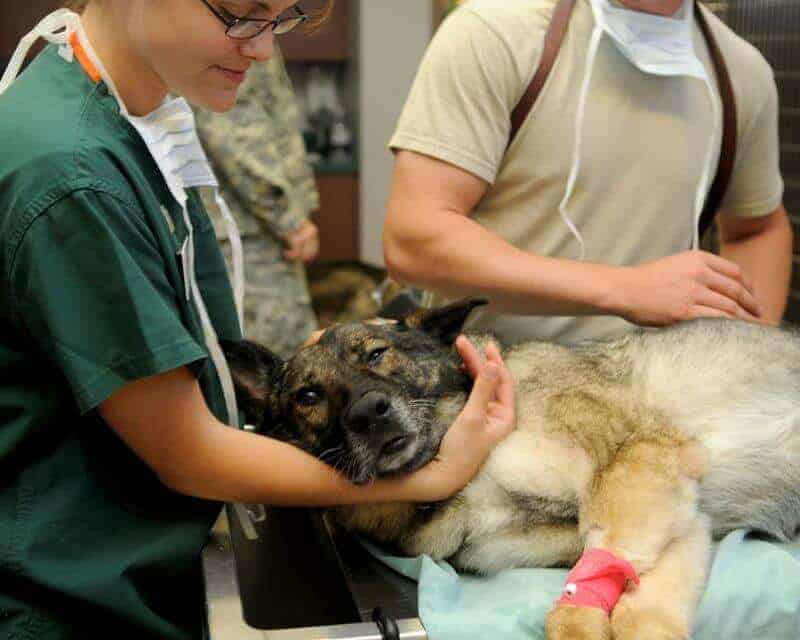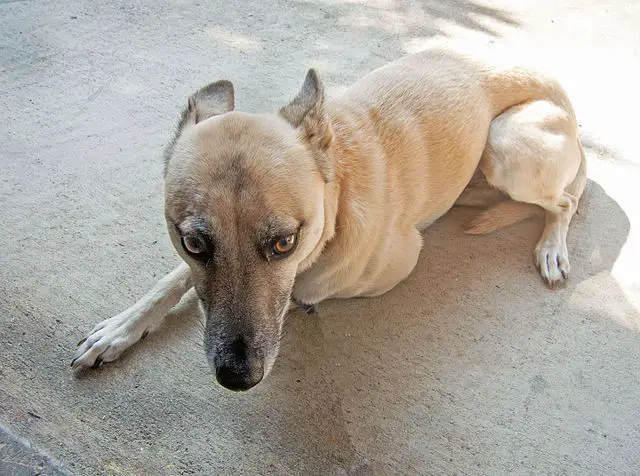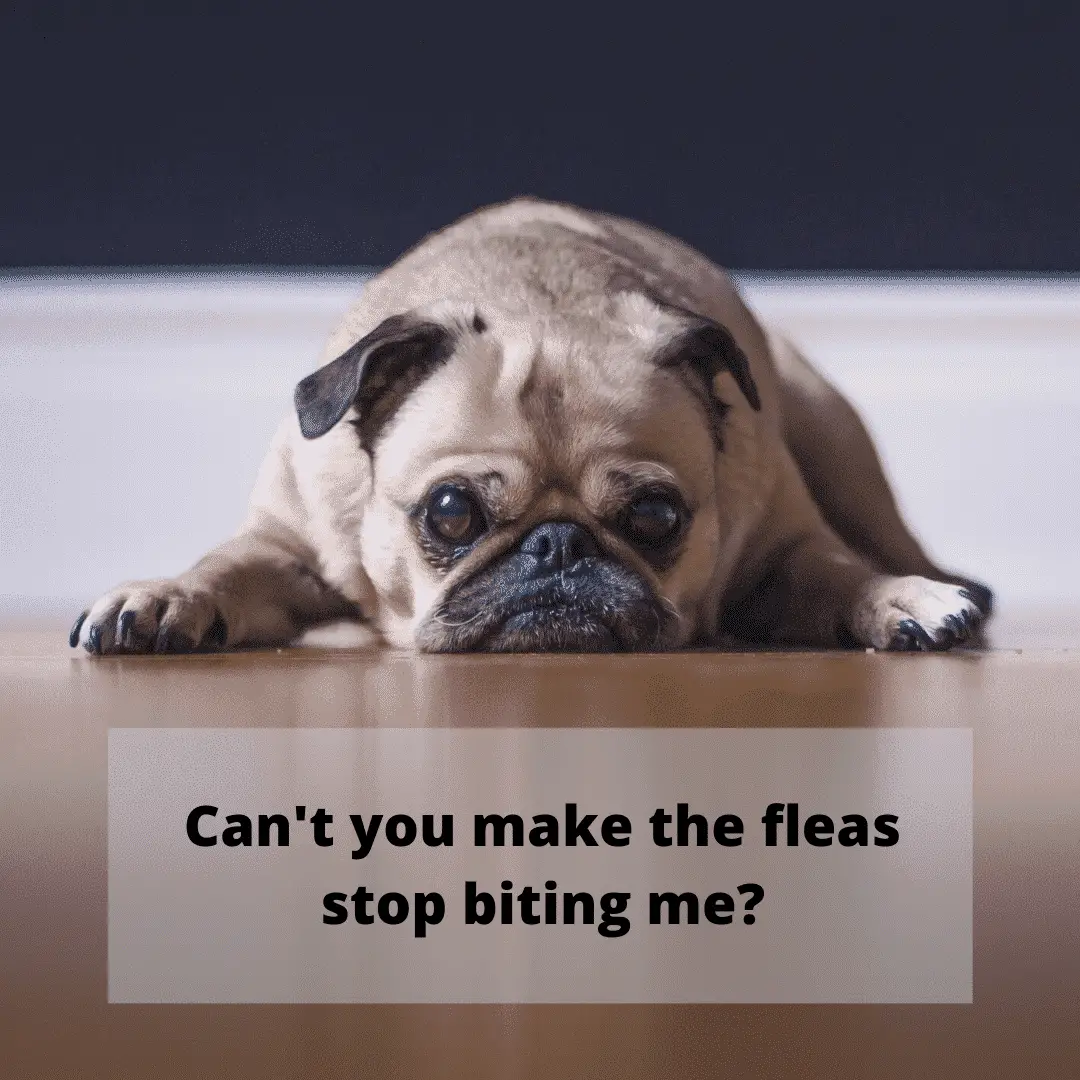If you’re a dog owner who’s really concerned about your female puppy’s future health, you may be wondering whether to spay your female dog or not. No one can make this decision for you, but there are some well-known reasons as to why spaying your dog is a good thing to do.
Spaying, sometimes referred to as getting “fixed”, is the removal of the internal reproductive organs from a female dog, to include the dog’s ovaries, Fallopian tubes and a portion of the uterus. Without these organs the female dog cannot reproduce as there are no eggs, nor is there a womb to grow a litter of puppies in before they are born.
What happens when you get your dog spayed?
When you get your puppy spayed, she will go through a medical procedure carried out by a vet. As part of this procedure the vet will remove the puppy’s ovaries. Without the ovaries, your doc will no longer be able to reproduce, it also stops her heat cycle.
Depending on the vet you use, they may make the recommendation to remove the fallopian tubes and also the uterus. They will make this recommendation based on what they believe to be best for your pooch in the long run.
The surgery involved in spaying a dog is more involved than that for getting a male dog neutered.
Table of Contents
Reasons for getting your dog spayed
Now, let’s look at some of the advantages of spaying a female dog:
- Population control. The most well known and popular reason for spaying your pet is to be a responsible pet owner toward animal over-population. Thousands of dogs are euthanized by shelters on a routine basis because they cannot find a home for all of the abandoned and stray animals that they collect. It is true that spaying your dog in the interests of controlling the dog population is an effective and responsible thing to do.
- Reduction of the spread of unwanted genetic traits and diseases. When you breed a dog you are transferring the genes of the parent animals down to the pups. If one of the parent animals has genetic diseases or undesirable temperament traits, you will not want to breed the animal. Why bring diseased puppies into the world, that is just senseless.
- Reduction of the chances of ovarian or uterine disease. Without its reproductive organs, spayed dogs cannot succumb to diseases that afflict these organs, such as ovarian cancer, uterine cancer, and other various diseases and disorders of the reproductive system.
- Reduction in the chances of hormone-induced diseases. There are a wide range of diseases and medical conditions directly associated with high blood estrogen or progesterone levels in dogs. The rise in these hormones can wreak havoc with your dog, she could suffer from conditions such as a pseudo or false pregnancy, breast cancer, or follicular cysts, to point out just a few of the undesirable hormonal conditions that may occur in dogs that are not spayed.
- Eliminates messy heat cycles. If you have ever had a dog that went into heat on a regular schedule, you will know that it can be messy for you. Blood spots can be left on your furniture, or any other place the dog lies. Some dogs can exhibit negative behaviors as well, such as yowling, urination in the wrong place, or anxiety. All this is avoided when you spay your dog.
- Reduction in the number of male dogs that come sniffing around your dog when she is in heat. When a female dog goes into heat, she attracts a lot of male dogs. These male dogs can urinate all over your property and will keep coming back until your female dog is out of heat. If you spay your female dog you will eliminate this problem because she will no longer go into heat.
Reasons why you may not want to get your dog spayed
Now, let’s look at some of the possible reasons why you might not want to spay your dog:
- Loss of breeding potential. If you have a particularly fine dog whose genetics are worth passing on down to future generations of puppies, you may not want to spay your animal. This is a consideration only if you truly mean to breed your animal, otherwise you could very well wind up unwittingly contributing to problem of dog overpopulation at a future point in time.
- Risks of surgery. Some may be worried that complications may occur during surgery. This is also a legitimate concern, however, the chance of major complications occurring as a result of the surgery are low. While it is true that spaying is an intrusive surgery, it is also a routine surgery and the chances of complications arising out of the surgery are minimal.
- Cost of the surgery. Some people may avoid having their dog spayed because the average cost of spaying a dog at the vet can be high. While the cost of the surgery may be your concern at the moment, know that future complications that could arise such as a canine cesarean section or spaying a pregnant dog will most likely cost more. Many humane societies hold low cost dog spay and neuter clinics which offer the surgery at a cut-rate price. Why not take advantage of a pet clinic where you can have your dog spayed at a reasonable price? It’s the smart thing to do if you want to spay your dog.
- Fear of the dog becoming overweight or obese. You will find cases where a dog has been spayed and then started to put on weight, with the assumption being that because they put on weight after spaying it was that that caused this. This cause-effect assumption is incorrect. When a dog is neutered its metabolic rate will be lower than dogs that have not been neutered. If an owner is unaware of this then they may continue to feed their dog the same amount of calories after the surgery as they did before. As they are receiving a higher number of calories than they are burning they will start to put on weight as their body stores this as fat.
- Fear of unwanted behavior as a result of missing otherwise naturally occurring hormones. This may be a legitimate concern, especially if the surgery is done when your dog is at an early age. The dog may remain emotionally and mentally immature, but this is not always a problem. Also, incontinence and urine soiling can be a problem as well after spaying. In particular, animals that live indoors may exhibit tendencies of this type.
- Fear that the dog may no longer behave as a female dog should. Although this sounds funny, some people do worry about this. My husband was one of them, he felt that the animal did not deserve to loose its reproductive organs, he felt that the effects of spaying a dog would adversely affect the quality of the life of the dog.
When to get your dog spayed
The best time to get your dog spayed is usually after eight weeks of age and before puberty. A dog will usually hit puberty around six to nine months, though it varies between breeds. As a general trend, larger dogs hit puberty later than smaller dogs.
If you decide to spay your dog later in its life then vets will tend to recommend not spaying your dog during heat. This is because there is more blood flowing in that part of their bodies at this time, which can make the surgery more complicated.
Ultimately if you have any doubt about when the best time to spay your dog might be, speak to your vet. They will be able to advise you for your particular pooch and will give able to give you advice of anything you can do to make the experience more comfortable for them.
What happens afterwards?
Depending on the vets you may be able to take your dog home the same day, whereas others prefer to keep them over night to keep an eye on them. It is worth you confirming in advance what the clinic’s approach is.
Some dogs can feel sick during the first couple days post surgery, this can effect the amount they want to eat. As mentioned already, if you get your dog spayed then her dietary requirements will change. It is normal to see your dog put on weight for the first couple of months after the surgery, this is due to her metabolism changing drastically. You should keep an eye on how much you’re feeding her based on whether she is putting weight on or losing it.
You should look to avoid a lot of activity during the week following the surgery. This is to allow her to heal up and prevent risking tearing the stitches, which would not be a good thing. You should also avoid her from licking the stitches, this can be achieved by using a “cone of shame”. This will help to ensure your dog can heal as quickly as possible.
Summing up
It is your choice, and your choice alone as to whether you spay your female dog or not. Consider the pros and cons listed above, and perhaps pull out a sheet of paper and list your own pros and cons regarding spaying your pup. After you have written down all your reasons for being either for or against spaying, evaluate them, figure out which reasons carry more weight with you, and then make your choice.
No matter what your decision, remember that having a dog is like having a two-year-old child with four legs. Once you own a dog, or any pet for that matter, you will be responsible for making some hard choices throughout the lifetime of your dog. Whether to spay or not to spay your puppy is one such choice you will most likely encounter very early on.








